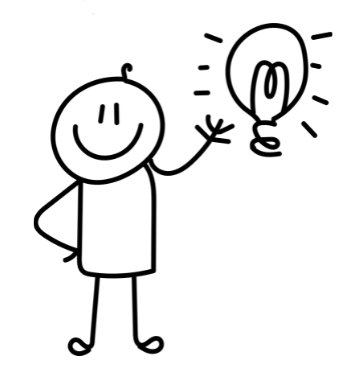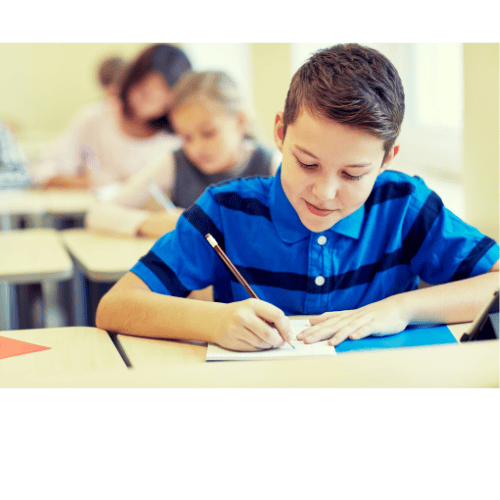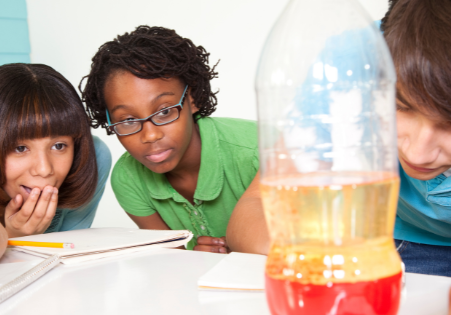Glowing Water: Create this by adding a highlighter ink cartridge (the part that contains the fluorescent ink) to a cup of water. Let it soak for a few hours and then shine a blacklight on the water to see it glow. This experiment demonstrates fluorescence and can be a visually striking demonstration.
Homemade slime: Mix together equal parts of white school glue and liquid starch in a bowl. You can add food coloring or glitter for extra flair. Stir until the mixture forms a slimy consistency and knead it with your hands until it reaches the desired texture.
Egg in a Bottle: Place a hard-boiled egg on the mouth of a glass bottle. Light a match and drop it into the bottle, then quickly place the egg back on the mouth of the bottle. As the match burns, it consumes the oxygen inside the bottle, creating a vacuum. The difference in pressure between the inside and outside of the bottle will push the egg into the bottle.
Static Electricity Butterfly: Cut out a butterfly shape from a piece of paper. Charge a balloon by rubbing it against your hair. Hold the charged balloon near the butterfly, and watch as it sticks to the balloon due to static electricity.
Rainbow in a Jar: Fill a clear glass with water, leaving some space at the top. Carefully pour different liquids with varying densities on top of each other, such as honey, corn syrup, water, dish soap, vegetable oil, and rubbing alcohol. You can add food coloring to some of the liquids beforehand to make it more colorful. Each layer should float on the layer below it, creating a colorful rainbow effect.
















Recent Comments